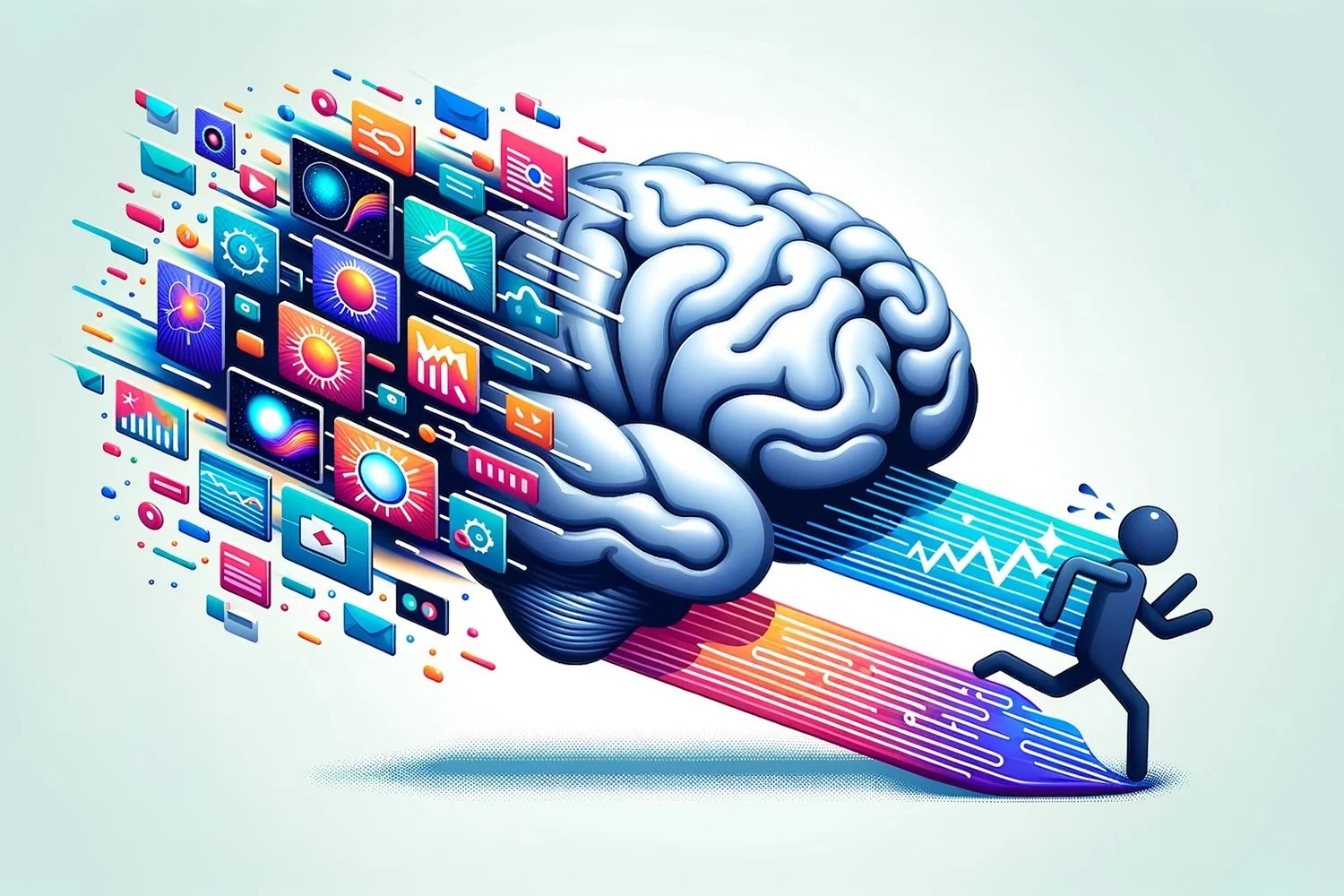The 3 Levels of Information Processing Hierarchy
“Our marketing message is so strong and we’ve invested so much to build and deliver it. Why isn’t that message netting results?”
The answer may not be what your brand has to say, but the level at which you say it. And in what order. The average person is inundated by more than 10,000 pitches per day; if and how yours cuts through that noise is a matter of psychological science – and will mark the difference between hitting your target or missing the mark. Success or failure of any corporate story relies on carefully following a historically proven hierarchy in the way humans hear, interpret, and process any new message.
Understanding this neurologic hierarchy, then crafting a brand message that follows it, is key.
Human first
Consumer second
Employee third
Human First
We all make countless subconscious snap decisions around meaning and value as we navigate through our complicated lives. Each time a new nugget of information is encountered, we apply nanosecond judgments to either ignore or accept each bit battling for a small slice of our attention. Few bits warrant consideration.
For your message to worm it’s way in, it has to be personal. Which means it has to instantly establish a direct, recognizable connection to your audience’s moral worth. A human won’t notice or appreciate your play for their mindshare until they see a clear, compelling alignment between your story and their self-assigned value system. Make the link and you’re in. Misalign and you’re out.
Our individual values evolve over a lifetime, always growing and changing to fit the “here’s who I am and here’s what I believe” persona we represent or hope to achieve. This is the first, human target of your successful market messaging. Before you sell them an idea, you have to prove that your story checks their personal value system boxes.
Does your message connect or just pitch? Are you focused on their worth or their wallet? Job one is to assure your corporate story speaks to the human before it speaks to the data. Once that human lets you in, you’ve opened the door to the next level of the hierarchy.
Consumer Second
Now that your message has established an initial bridge from your product to the personal value system of your audience, you can speak to the consumer. Level 2 information processing is about investment: Now that I’m aligned with the moral, ethical, and value aspects of this message, do I buy the concept they’re trying to sell? Is that concept worth investing my valuable time and energy to discover more?
We invest in what makes logical sense to us, and what promises to move us forward, personally or professionally. Step 2 in the hierarchy is about creating a vision of success and differentiation. What can you do for that consumer that makes them eager to hear the details of what you have to sell?
If your message jumps straight to data, metrics, and KPIs, you risk blowing up the human bridge you successfully built. Remember, your competitor has their own data, metrics, and KPIs that sound a lot like yours, turning the human you just connected with into a confused and skeptical consumer. Caught between equally qualified brands without clear differentiation, their investment in your message vanishes.
Employee Third
If the audience accepts you and your message on a human level, then invests in your story on a consumer level, you’ve earned the right to address them on an employee level. We’re all employees representing our brand and it’s ability to make a purchase or sign a contract. This third psychological level is where your target market is finally ready for the deep dive details that allow them to process your information in terms of their jobs and organizations.
Now you’re ready to sell to the buyer in their company role. Remember that numbers alone won’t maintain the connection or investment you’ve already achieved; A number without a story is quickly lost or forgotten. Each number you share, each argument for your product or service, requires a personal, accessible story to give that number or statistic meaning and make it stick. Balance information with inspiration and the hierarchy holds up through level three and beyond.
By waiting to make your pitch until the listener is fully on board and engaged, the fine details of your marketing message become potent and valued.
Bottom Line
Unfortunately, most sales messages flip this hierarchy upside down. They start with the employee, ignoring the importance of first securing those human and consumer levels of information processing. This error is why most marketing falls flat. Even if your brand pitch makes sense in a B2B interaction, remember that the C always controls the B. Ignore the Consumer and you lose the Business.
This human first, consumer second, employee third hierarchy is as true for Tim Cook or Jamie Dimon as it is for you or me. Winning brands never forget that the person makes the purchase. Jump straight to level three and kiss the sale goodbye.




